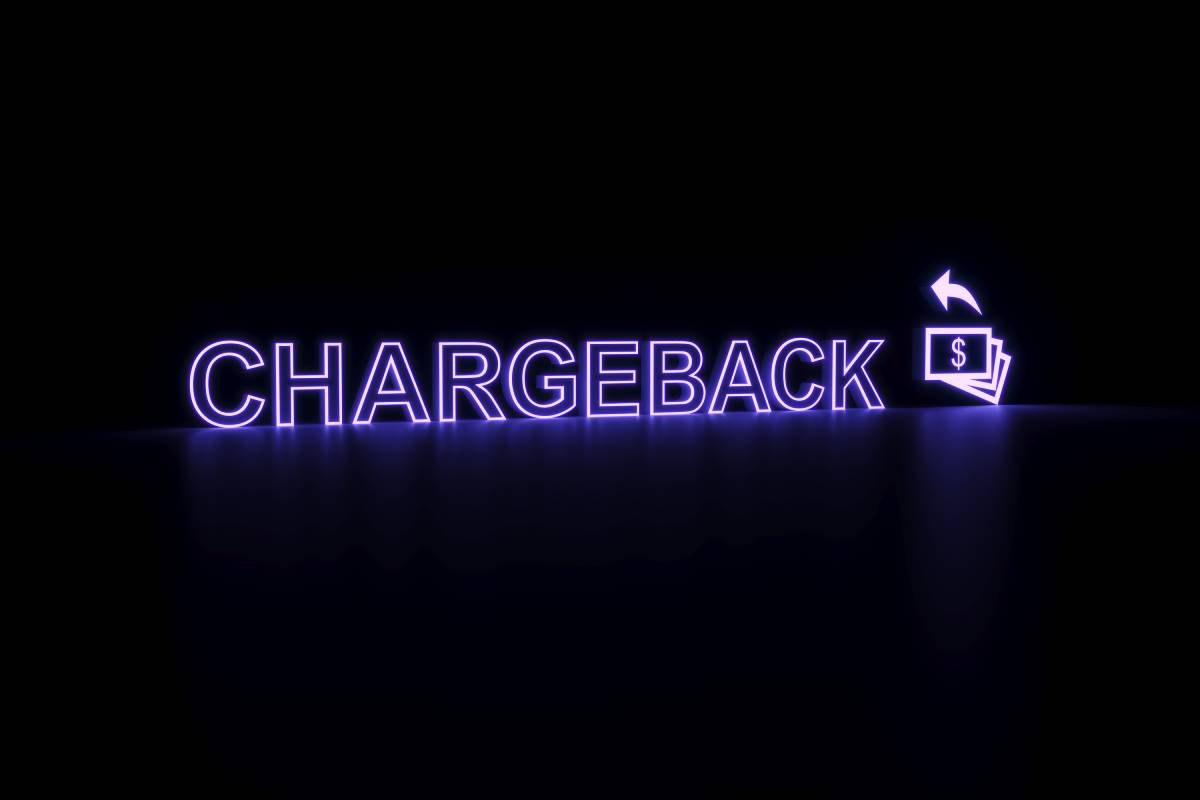
If you have ever had a card stolen, have noticed unauthorized charges, and asked the issuing bank to have these charges reversed, then you already know what a chargeback is. A chargeback is a reversal of a credit card transaction. When you ask for a refund from a merchant, that is also a chargeback. Therefore, the chargeback process is pretty straightforward, right?
Not necessarily. Some chargebacks are easier to obtain than others. Since you only get one chance to make a chargeback claim, it is essential to get it right. Many consumers do not have experience filing a chargeback claim so they may be unaware of the various types of chargebacks, the criteria required and the challenges they may face to make a persuasive case.
Therefore, it is important to consumers inform themselves about the chargeback process and enlist the aid of a financial services company. ReportScamOnline is staffed with professionals who will work on your behalf to improve your chances of getting your money back. We have extensive experience with the chargeback process and can help you retrieve funds from all types of scams and to win disputes with merchants and brokers.
What Are the Difference Between Types of Chargebacks?
There are different types of chargeback. The main difference hinges on whether or not the charges were authorized by the customer. If the charges were unauthorized, this falls under the category of fraud. Unauthorized charges are usually quicker to get funds back as long as it can be proved that the customer did not approve the transaction.
The other type of chargeback definition involves a dispute. Even if the customer feels that the other party is fraudulent and taking advantage of them, this does not fall under the issuing bank’s definition of fraud but is considered a dispute since the customer agreed to the transaction, regardless of what happened later.
A merchant or broker dispute arises when the customer either didn’t receive the item or it arrived broken, defective, or the wrong type. The customer must prove that what they received was not consistent with what they could reasonably expect given the product descriptions, advertising, or an agreement.
The customer must provide documentation and photos that will prove the product was inadequate. If it was a service rather than an item, the customer must show that the service was deficient. This often requires extensive documentation and is the reason working with a fund recovery agency can be much easier than going it alone. At ReportScamOnline, we understand this process well and understand how to make a compelling case to the issuing bank.
What Is the Chargeback Process Like?

The Chargeback process involves the customer, the banks, and the merchant. First, the customer files a chargeback request and details their reasons. The issuing bank will usually ask the customer if they brought up their issue with the merchant and if they tried to get a refund directly. Sometimes an issuing bank won’t accept a request for a chargeback until this avenue has been explored.
If the customer has asked a merchant for a refund and there is no cooperation or if it is denied, then the chargeback process begins in earnest. The issuing bank will examine the claim of the customer and see if they have a sound case. This usually depends on the customer providing some preliminary evidence that the product or service was not delivered or that it was not adequate.
If the issuing bank decides to go forward with the chargeback, they will contact the acquiring bank or the merchant’s bank with the complaint. The merchant will have 20 days to respond. They can either decide to give a refund or they can contest it and make counter-arguments against the complaint. When the merchant provides his argument, the issuing bank will decide between the two parties and will either demand the chargeback take place or will say the merchant can keep the money.
If the customer or the merchant is not happy with the decision of the issuing bank, then the issue can go to litigation, which of course will involve legal fees. One of the advantages of using a high-quality financial service is that they can secure a return of funds early on in the process because they can improve your likelihood of winning a chargeback claim so the dispute doesn’t have to go to court.
What Are Some Obstacles in the Chargeback Process?
In the chargeback process, the burden is on the customer to prove that they are owed a chargeback. This means that the customer has to provide evidence that the product or service did not meet up with what a person would reasonably expect from a merchant. Some of the evidence may include:
- Photo evidence of the product or service
- Product description or advertisements
- Copy of all communications with the merchant
- Documents relating to transaction history
- Terms and conditions or contracts
This is a partial list of the kinds of things someone should be prepared to provide in the chargeback process. A financial service may suggest you prepare additional documents that may help your case. The quality of the evidence is a huge factor in whether a claim is successful or not.
It is important to resist the tendency to go it alone and to enlist the aid of an agency. Customers who are making a chargeback claim may not be familiar with the process, and it is useful to work with seasoned experts who are accustomed to communicating with the banks in a way that they will understand and accept the claim.
How to Win a Chargeback Claim
You can increase your likelihood of winning a chargeback claim if you have sufficient and the right kind of evidence and the help of an excellent financial service. ReportScamOnline professionals will guide you on preparing your case and will help you receive your funds back. We have combined decades of experience dealing with hundreds of financial institutions and work with chargebacks, wire recalls, and crypto recovery from merchant disputes or broker scams.